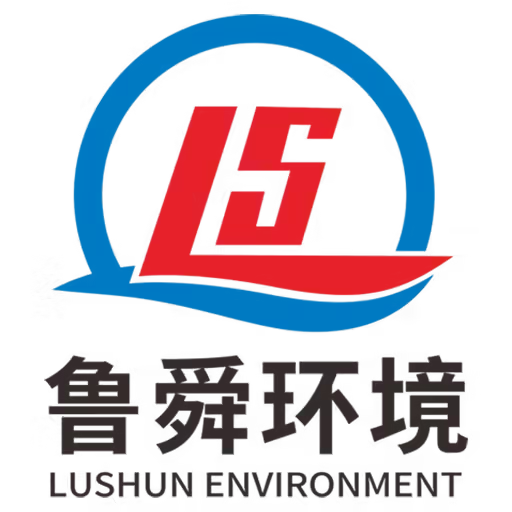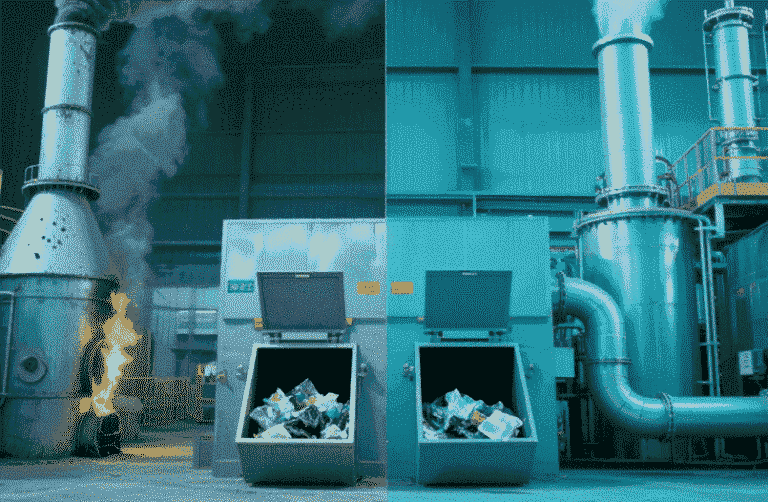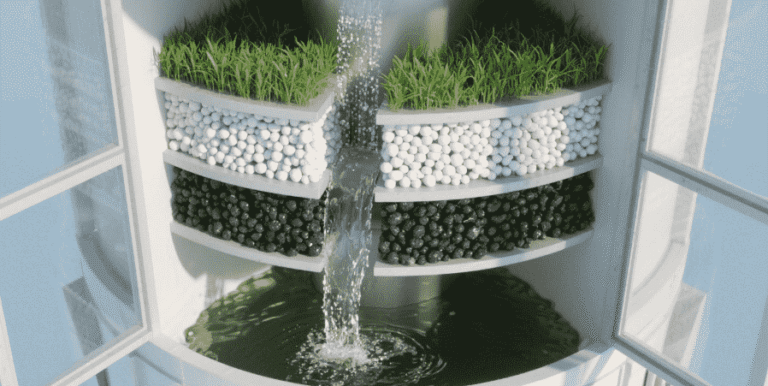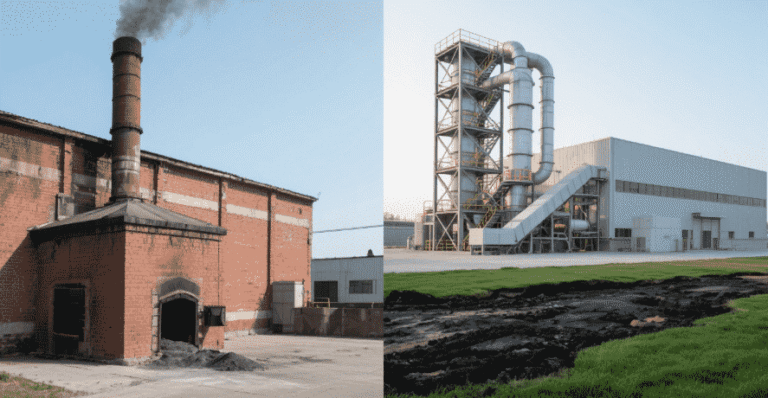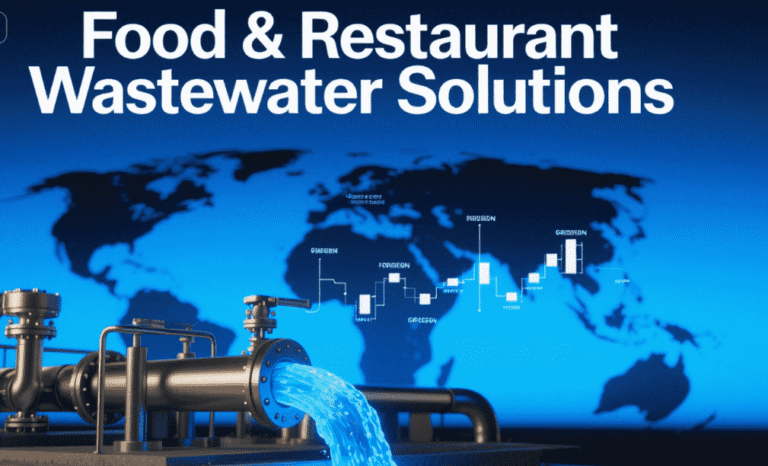Welcome to My Blog! 🌟
I’m so glad you’re here! Before we jump into the exciting content, I’d love for you to connect with me on my social media platforms. It’s where I share extra insights, interact with our amazing community, and post regular updates. Here’s how you can join the conversation:
📘 Facebook: Follow me on Facebook for more updates
Now, let’s dive into the journey ahead. I hope you find everything here both engaging and valuable. Together, let’s explore, learn, and grow! 🚀
Table of Contents
Introduction

Waste water treatment equipment plays a vital role in safeguarding public health and protecting the environment by treating used water from industries, municipalities, and households. As global water scarcity and environmental regulations intensify, innovations and trends in waste water treatment equipment are rapidly evolving. Understanding these trends can help businesses, municipalities, and environmental engineers make informed decisions to improve efficiency, reduce costs, and comply with stricter standards.
In this article, we will explore the top seven waste water treatment equipment trends shaping the future of water treatment systems. From advanced technologies to sustainability practices, these trends represent key areas where the industry is progressing. Whether you are a professional in the water treatment sector or a stakeholder interested in environmental technology, knowing these trends can give you a competitive edge.
Trend 1: Integration of Smart Technology
How Smart Sensors and IoT Are Revolutionizing Waste Water Treatment Equipment
One of the most transformative and promising trends in modern waste water treatment equipment is the widespread integration of smart technologies. The use of sensors, Internet of Things (IoT) devices, and advanced real-time monitoring systems is enabling plant operators and facility managers to gain unprecedented visibility into the entire treatment process.
Smart sensors embedded in waste water treatment equipment continuously collect detailed data on critical parameters such as pH levels, turbidity, chemical concentrations, flow rates, temperature, and dissolved oxygen. This vast amount of data, combined with IoT connectivity, allows for centralized control centers to analyze operations in real time and make instant adjustments.
More importantly, these intelligent systems can detect anomalies early—such as unusual drops in water quality or signs of equipment malfunction—allowing predictive maintenance before breakdowns occur. This not only improves system reliability but also extends the lifespan of expensive machinery, reduces unplanned downtime, and lowers overall operational costs.
Smart waste water treatment equipment also enables automated chemical dosing. Instead of relying on fixed schedules or manual adjustments, treatment chemicals like coagulants or disinfectants are added based on real-time water quality metrics. This optimization reduces chemical waste and environmental impact while ensuring consistent compliance with discharge regulations.
Benefits of Smart Waste Water Treatment Equipment
- Real-time water quality monitoring: Constant assessment ensures treated water always meets required standards.
- Automated process optimization: Adjusts operational parameters dynamically for maximum efficiency.
- Remote equipment control and diagnostics: Operators can monitor and manage systems from anywhere, reducing the need for on-site presence.
- Enhanced operational efficiency and cost savings: Reduced energy use, chemical consumption, and maintenance expenses improve overall sustainability and profitability.
Trend 2: Adoption of Energy-Efficient Waste Water Treatment Equipment
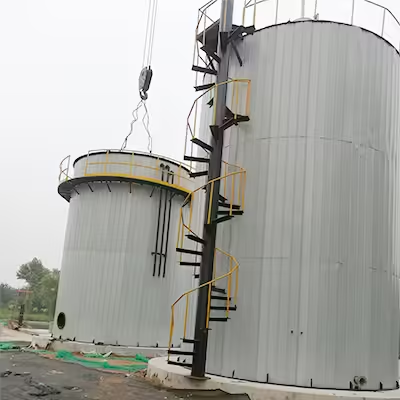
Why Energy Efficiency Matters in Waste Water Treatment Equipment
Energy consumption is often the single largest operational expense for waste water treatment facilities. With increasing pressure to reduce greenhouse gas emissions and operational costs, adopting energy-efficient waste water treatment equipment has become a top priority.
Newer technologies focus on minimizing the energy footprint without compromising treatment quality. Variable frequency drives (VFDs), for example, allow pumps and blowers to operate only at the speed necessary to meet real-time demand rather than running at full capacity constantly. This leads to substantial energy savings.
High-efficiency blowers and aeration systems also reduce power consumption in biological treatment stages where oxygen supply is crucial. Innovations such as fine bubble diffusers improve oxygen transfer efficiency, reducing the total energy required.
In addition, waste water treatment equipment increasingly incorporates energy recovery systems. Anaerobic digesters convert organic waste in sludge into biogas, which can then be used to power generators or boilers on-site, creating a circular energy loop. This biogas utilization not only reduces reliance on external energy but also contributes to lowering carbon emissions.
By focusing on energy efficiency, facilities achieve cost savings, improve sustainability, and often meet stricter regulatory requirements related to environmental impact.
Trend 3: Use of Membrane Filtration Technology
Advancements in Membrane Technology for Waste Water Treatment
Membrane filtration technology has experienced rapid advancement, becoming a critical component of modern waste water treatment equipment. Membranes serve as physical barriers that remove particles, bacteria, viruses, and dissolved contaminants with exceptional precision.
Several types of membrane processes are commonly applied:
- Microfiltration: Removes suspended solids and larger microorganisms.
- Ultrafiltration: Captures smaller particles and some viruses.
- Nanofiltration: Filters out multivalent ions and some dissolved organics.
- Reverse Osmosis: Provides near-complete removal of dissolved salts and organic compounds.
These membrane systems are often integrated into waste water treatment equipment to produce high-quality effluent suitable for reuse or safe discharge. The compact design of membrane bioreactors (MBRs), which combine biological treatment with membrane filtration, enables smaller footprint plants with superior performance.
Recent innovations include membranes made from advanced polymers that offer enhanced fouling resistance and longer operational lifespans. Anti-fouling coatings reduce the buildup of contaminants on membrane surfaces, decreasing cleaning frequency and maintenance downtime.
Although membrane filtration systems can have higher energy requirements compared to traditional methods, improvements in membrane design and operation are steadily improving their energy efficiency and cost-effectiveness.
Mid-Article Table: Comparison of Popular Waste Water Treatment Equipment Technologies
| Equipment Type | Primary Function | Energy Consumption | Maintenance Frequency | Typical Applications |
|---|---|---|---|---|
| Activated Sludge System | Biological treatment | Moderate | Moderate | Municipal and industrial plants |
| Membrane Bioreactor | Filtration + biological | High | Low | High-quality effluent needed |
| Anaerobic Digester | Biogas production | Low | Low | Sludge treatment |
| Advanced Oxidation | Chemical oxidation | High | High | Industrial wastewater |
| Trickling Filter | Fixed-film biological | Low | Low | Small to medium plants |
Trend 4: Modular and Compact Waste Water Treatment Equipment Designs

Growing Demand for Space-Saving Waste Water Treatment Equipment
Space constraints and urbanization are pushing the development of modular and compact waste water treatment equipment. Prefabricated units that can be easily transported and installed onsite are becoming common.
These modular systems allow for scalability and customization, making them suitable for remote locations, small communities, and industrial sites with limited space. They also reduce installation times and upfront costs compared to traditional concrete-built plants.
Trend 5: Increased Focus on Resource Recovery from Waste Water Treatment Equipment
Turning Waste into Value
Modern waste water treatment equipment is increasingly designed to recover valuable resources such as nutrients, energy, and clean water. Technologies like phosphorus recovery, nitrogen removal with simultaneous recovery, and sludge-to-energy processes are gaining traction.
Recovering resources not only reduces environmental impacts but also creates potential revenue streams. This circular economy approach is driving innovation and investment in the sector.
Trend 6: Enhanced Automation
Role of Automation in Improving Treatment Efficiency
Automation is being integrated extensively into waste water treatment equipment to streamline operations. Automated controls manage pumps, valves, chemical dosing, and aeration based on real-time sensor feedback.
This reduces human error, ensures consistent treatment quality, and lowers labor costs. Advanced software platforms enable operators to monitor multiple treatment sites remotely and make data-driven decisions.
Trend 7: Use of Green and Sustainable Materials in Waste Water Treatment Equipment Manufacturing
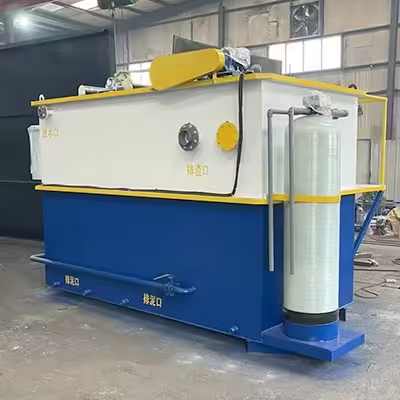
Environmentally Friendly Manufacturing Practices
Sustainability extends beyond operation to the manufacturing of waste water treatment equipment itself. Companies are exploring green materials such as recycled plastics, corrosion-resistant composites, and eco-friendly coatings.
Using sustainable materials reduces the environmental footprint of equipment production and enhances durability in harsh treatment environments, contributing to longer equipment lifespans.
Conclusion
The waste water treatment equipment industry is undergoing rapid transformation driven by technological innovation, energy and environmental concerns, and operational efficiency demands. The seven trends discussed—from smart technology integration to resource recovery and sustainability—reflect a broader movement towards smarter, greener, and more adaptable water treatment solutions.
Stakeholders in the water treatment sector should stay informed and consider these trends when planning upgrades or new installations. Embracing these innovations will not only help meet increasingly stringent regulations but also improve long-term cost-effectiveness and environmental stewardship.
FAQ
Q1: How does smart technology improve waste water treatment equipment?
Smart technology enables real-time monitoring and automated process adjustments, improving efficiency and reducing downtime.
Q2: What are the energy-saving options for waste water treatment equipment?
Options include variable frequency drives, efficient blowers, and biogas recovery systems to reduce energy consumption.
Q3: Why is membrane filtration popular in modern waste water treatment equipment?
Membranes provide precise contaminant removal, higher effluent quality, and longer operational life with lower maintenance.
Q4: What advantages do modular waste water treatment equipment offer?
Modular systems are space-efficient, scalable, easier to install, and cost-effective, ideal for urban or remote locations.
Q5: How does resource recovery benefit waste water treatment operations?
Resource recovery reduces waste, lowers costs, and creates additional revenue by reclaiming nutrients and energy from waste water.
